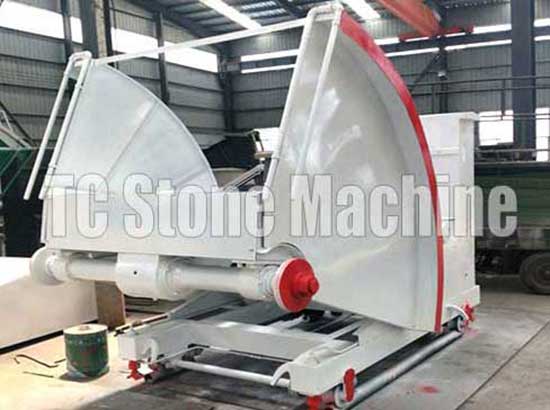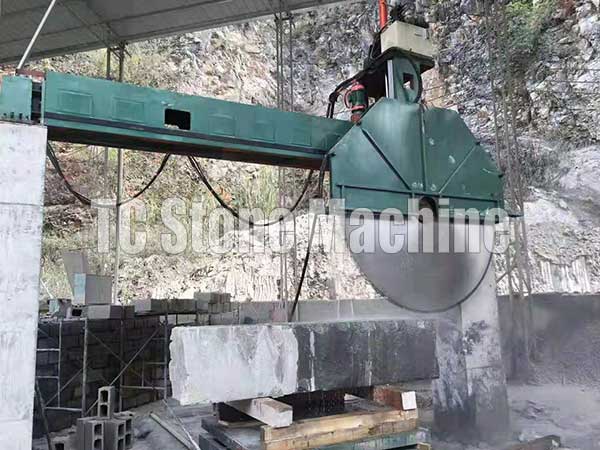Marble Cutting Blade
Marble Cutting Blades: The Ultimate Guide
Marble cutting blades are an essential tool for any stonemason or DIY enthusiast looking to cut marble efficiently and accurately. With a variety of blades available on the market, it can be challenging to determine which one is the best for your project. Whether you are a professional or a DIYer, this guide will provide you with everything you need to know about marble cutting blades.The Different Types of Marble Cutting Blades
There are several types of marble cutting blades available, including continuous rim blades, segmented blades, turbo blades, and bridge saw blades. Each blade type has its unique characteristics and is suitable for specific cutting applications. Continuous rim blades have a smooth edge and are ideal for cutting thin or delicate marble tiles. Segmented blades have jagged edges and are designed to cut through thicker marble slabs. Turbo blades have serrated edges and are ideal for rough cuts, while bridge saw blades are used for heavy-duty cutting applications.
Continuous rim blades have a smooth edge and are ideal for cutting thin or delicate marble tiles. Segmented blades have jagged edges and are designed to cut through thicker marble slabs. Turbo blades have serrated edges and are ideal for rough cuts, while bridge saw blades are used for heavy-duty cutting applications.
Blade Size and Diameter
 When selecting a marble cutting blade, the size and diameter of the blade are crucial factors to consider. The blade's diameter determines the depth of the cut, while the size of the blade affects the cutting speed.
When selecting a marble cutting blade, the size and diameter of the blade are crucial factors to consider. The blade's diameter determines the depth of the cut, while the size of the blade affects the cutting speed.
 For small projects, such as cutting tiles, a smaller blade is ideal. However, for large-scale projects, a larger blade will increase efficiency and productivity.
For small projects, such as cutting tiles, a smaller blade is ideal. However, for large-scale projects, a larger blade will increase efficiency and productivity.
Blade Material and Quality
The material and quality of the blade are also important factors to consider. Blades made of diamond particles are the most popular as they are durable and have excellent cutting performance. However, it is essential to consider the diamond concentration in the blade's segments as it affects the blade's lifespan and cutting performance. High-quality blades with a high diamond concentration are more efficient and have a longer lifespan, making them a better choice for professionals.Cutting Speed and Efficiency
The cutting speed and efficiency of a blade depend on various factors, including the blade's size, material, quality, and the saw's power output. Choosing a blade that is compatible with your saw's power output ensures maximum efficiency and cuts. Moreover, using the right cutting technique and lubricant can also increase cutting speed and efficiency while preventing damages to the blade.Blade Handling and Safety
Handling the blade safely and correctly is essential to prevent accidents and damages to the blade. It is crucial to wear proper safety gear such as gloves, safety goggles, and a dust mask when cutting. Ensure that the blade is properly mounted and tightened before use, and never exceed the blade's maximum cutting speed. Avoid using a damaged blade or a blade that is prone to overheating, as it can cause accidents and damages to the marble.Maintenance and Replacement
Maintaining the blade's cutting performance and lifespan is crucial to ensure efficiency and productivity in the long run. After each use, it is essential to clean the blade and remove any debris or residues that can cause damages. Regularly checking the blade's wear and tear and replacing it when necessary is critical to prevent accidents and ensure smooth cuts. Overused or worn-out blades can lead to accidents, overheating, and damages to the marble.Conclusion
Choosing the right marble cutting blade is crucial for achieving precision cuts and ensuring the project's success. Whether you are a professional or a DIYer, considering the blade's type, size, material, quality, cutting speed, handling, and maintenance is critical for safe and efficient cutting. By following the tips and guidelines in this guide, you can confidently select and use the right marble cutting blade for your project, ensuring accuracy, efficiency, and productivity.Request for Quotation
[contact-form-7 id="59" title="Contact form 1"]




